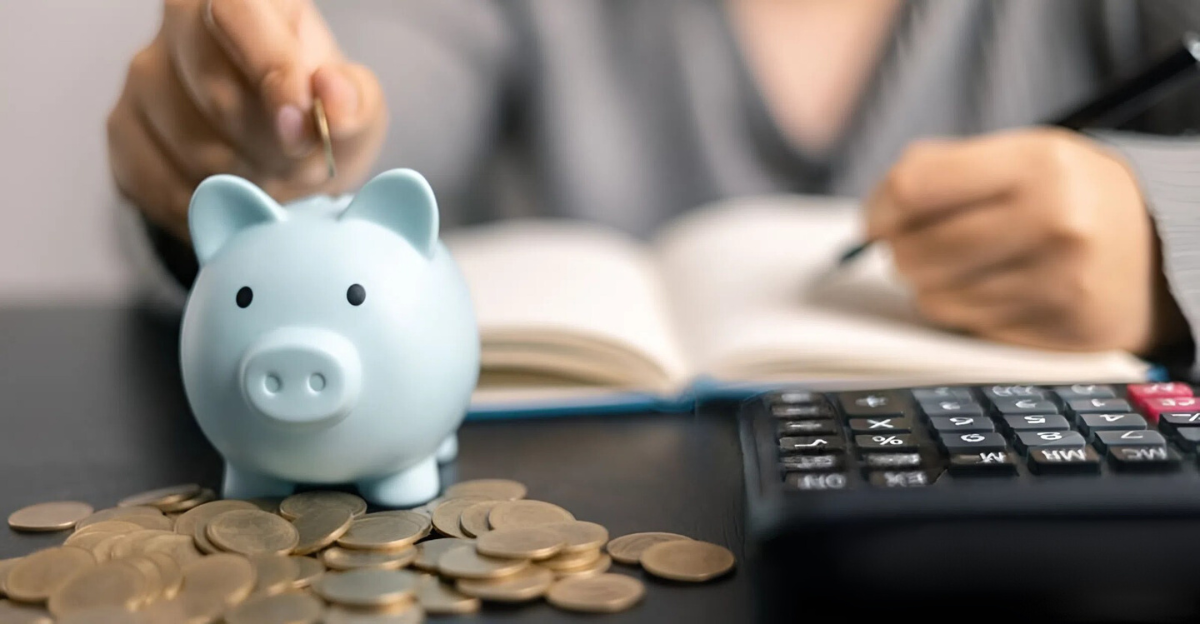
The Rise of Financial Independence
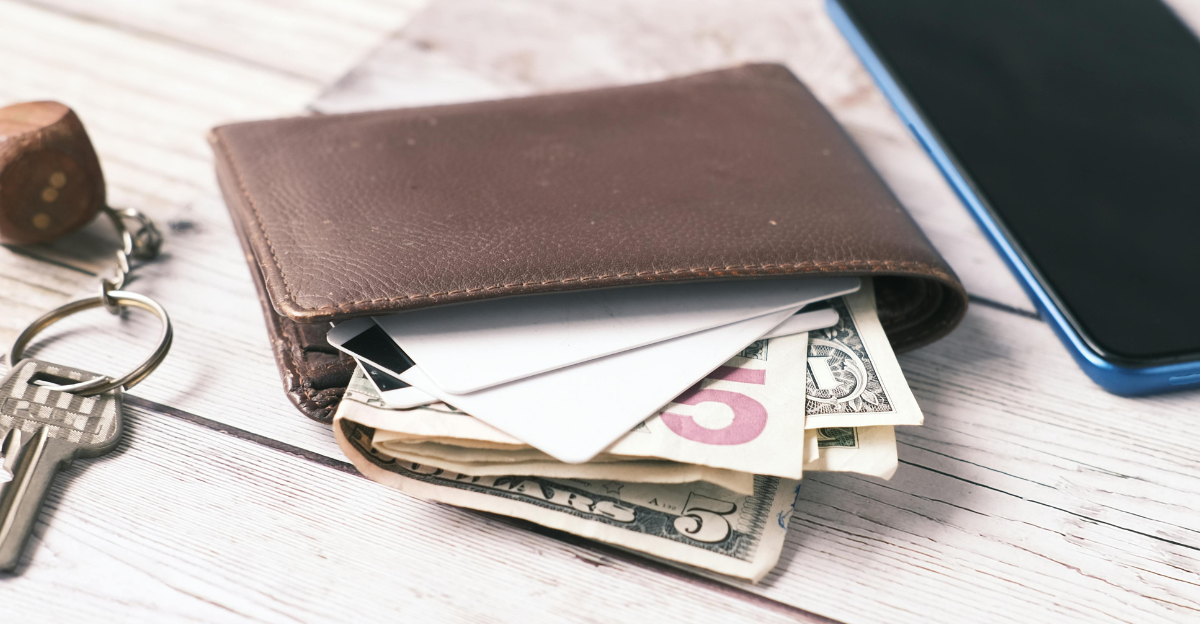
As free-willed and outlandishly open-minded people may describe the current generation, they aren’t the ones to succumb to the declining climate of the economy. You won’t find them sitting back and mindlessly becoming victims of a system that has placed an outrageous premium on daily living.
Breaking the Stigma of Budgeting
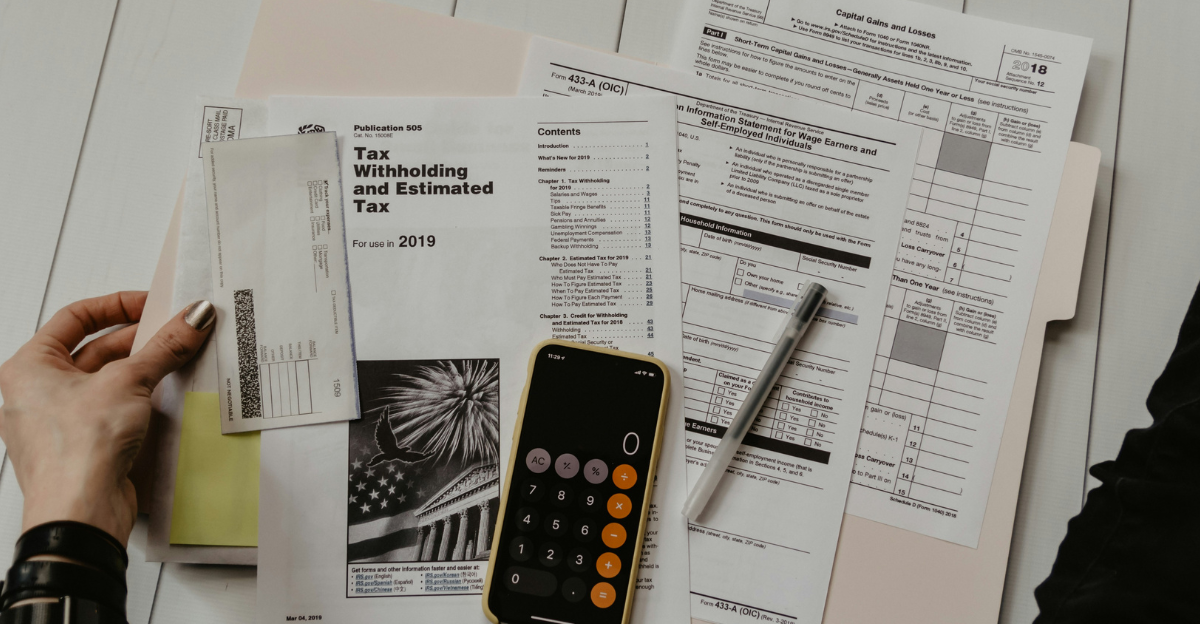
There is no longer a stigma towards budgeting and using penny-pinching tactics to stretch a dollar. This advancement is thanks to the ultra-modern behaviors, older generations have a proclivity for criticizing.
Opening Your Eyes to Your Financial Situation
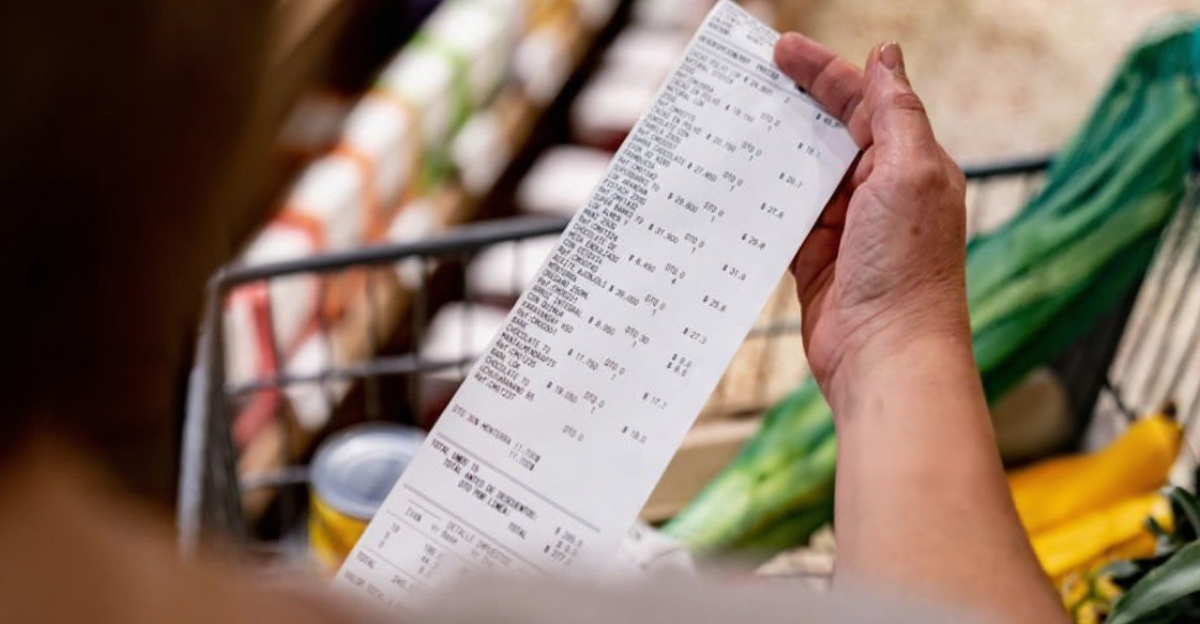
A good step towards achieving financial discipline is recognizing your financial situation. You aren’t able to lay down the facts unless you are willing to put it all out in the open. Turning over a new leaf toward the thrifty movement is nothing to be ashamed of and is quite celebrated nowadays.
Reflecting on Your Spending Habits
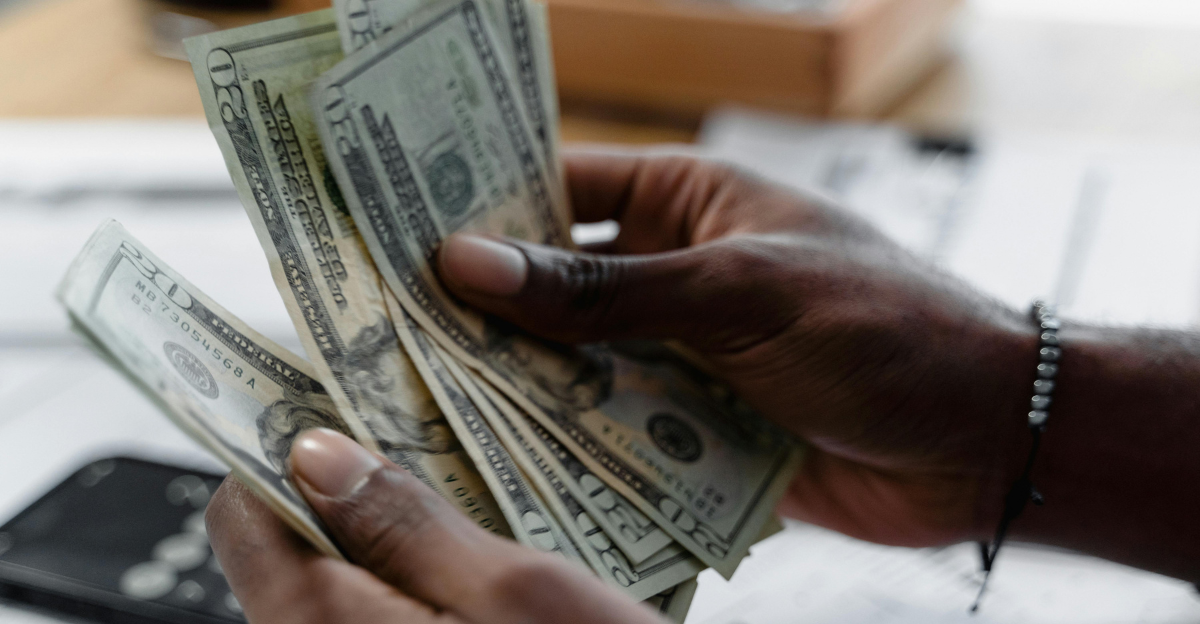
Ask yourself thought-provoking questions that will motivate you. What do I buy that I don’t actually need? How much am I spending on wants vs. needs? Can I be happy with less? The answers to these questions may be just the thing to get your gears going towards a minimalistic lifestyle.
Entering the ‘No Buy 2025’ Movement
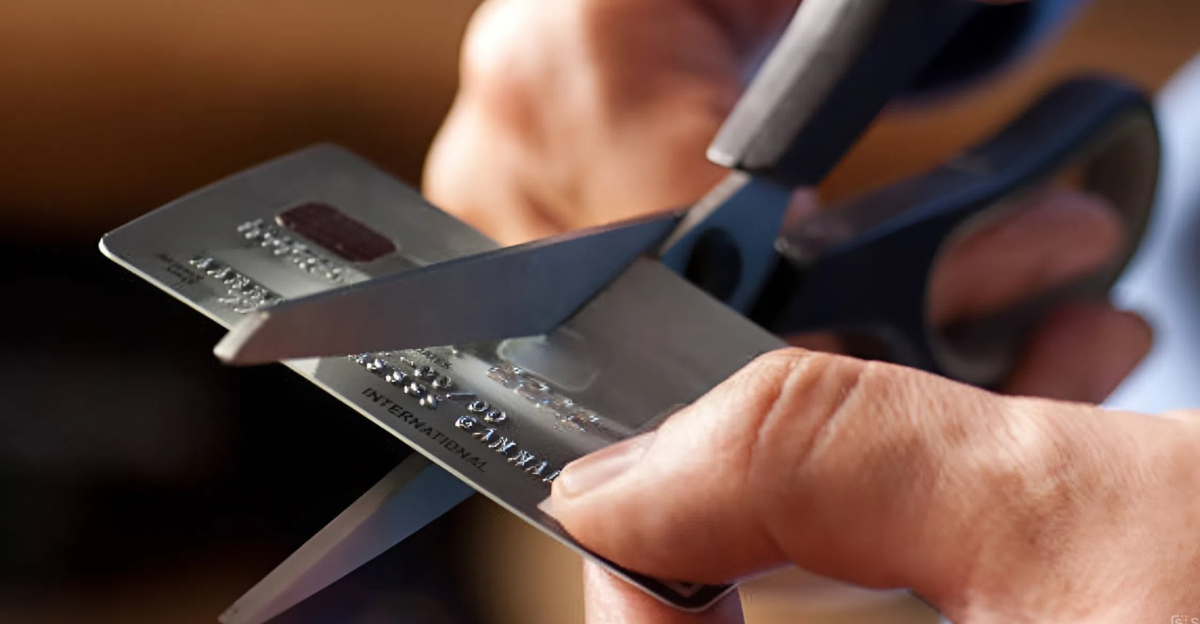
The best way to start saving money is to cut down on expenses. And what better way to cut down expenses than by not buying anything at all? This is where the ‘No Buy 2025’ Movement comes into play. The essence is appreciating what you have and optimizing everything to the fullest of your abilities. Reducing non-essential purchases, and going on an anti-consumerism movement has grown out of minimalism, sustainability, and economic necessity.
Philosophical and Spiritual Foundations
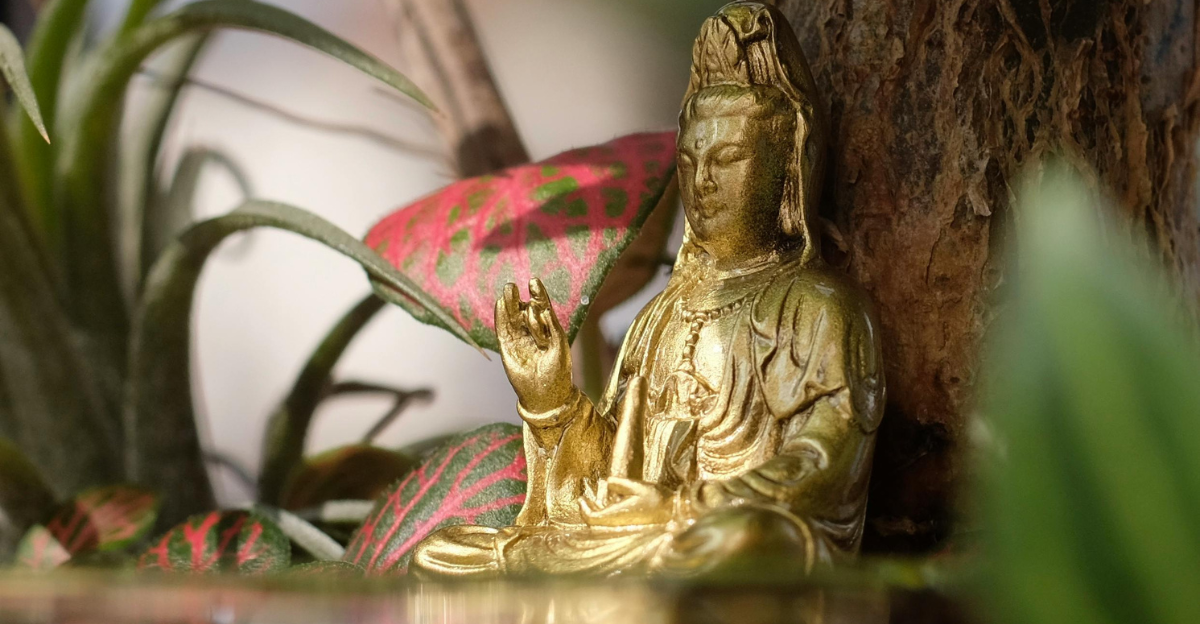
This sort of thing draws from several spiritual and philosophical roots. From Buddhism comes the detachment from material desire. Stoicism is all about self-discipline and contentment with less. And Christianity is all about simplicity and staying humble despite what you have.
Fast-Tracking Financial Freedom
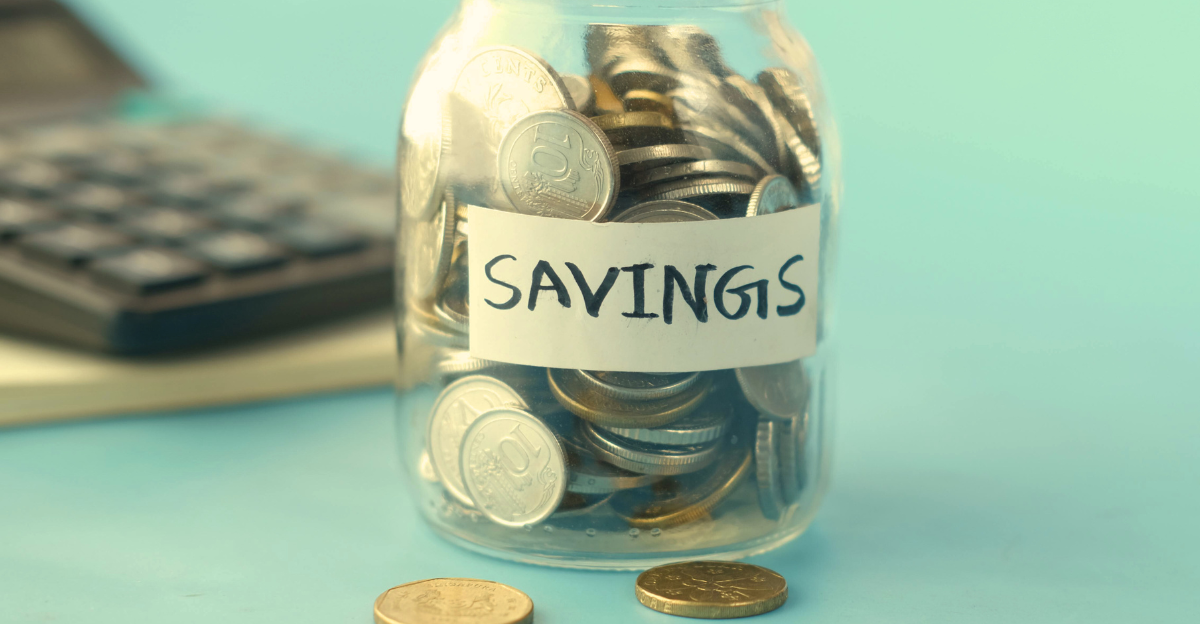
What’s great about the ‘No Buy 2025’ Movement is that it allows you to build yourself up financially in a cutthroat way. There isn’t any beating around the bush like other efforts, such as cutting back on coffee or walking instead of grabbing a taxi. It is plain and simple: don’t buy anything. You can build an emergency fund, pay off debts, or invest wisely for income sustainability much quicker than if you were to go the slower route.
Eco-Friendly: Less is More

Money isn’t the only thing we’re saving with this initiative. Buying less means producing less waste and pollution. You use up what you have and keep them away from landfills longer than usual. Slowing down and becoming more intentional with purchases is a great way to overcome digital clutter brought on by overwhelming ads, influencer culture, and plain old overconsumerism.
What are “No Buy” Items?

There isn’t a concrete definition of a “no buy” item. It depends on your lifestyle and the aspects that are non-negotiable. Typically, items like groceries, medication, health products, toiletries, and repairs for broken necessities are allowed. Yet again, even these needs can fit into “no buy” territory. Usually, “no buy” items are ones that you can function normally in the absence of or manage to rearrange your life around.
Turning ‘No Buy’ Into a Skill-Building Opportunity

Take groceries, for example; self-sufficiency isn’t out of this world. You can dedicate the opportunity to building skills beyond a short-lived effort. Looking into gardening or raising livestock may seem like a far-out activity to start, but the ´No Buy´ Movement isn’t just about eliminating habits but also about forming them. Hobbies like crocheting, sewing, and cooking are wonderful steps towards making this a permanent addition to your life.
Confronting Impulses and the Scarcity Mindset
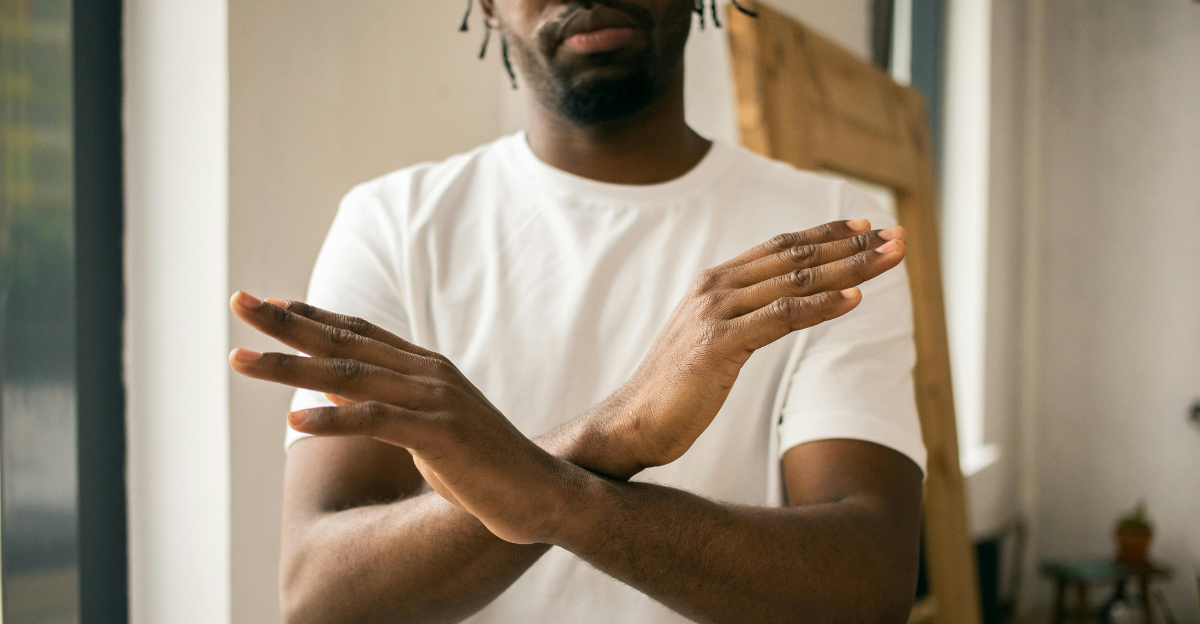
The scarcity mindset pushes people to hoard or go on impulse buys even when they don’t need to. Indulging in creating your needs makes you more conscious of how much stuff you go through. You are confronted with your emotional relationship with consumption and have a chance to deal with it by being both the producer and consumer.
Impact of FOMO and Greenwashing
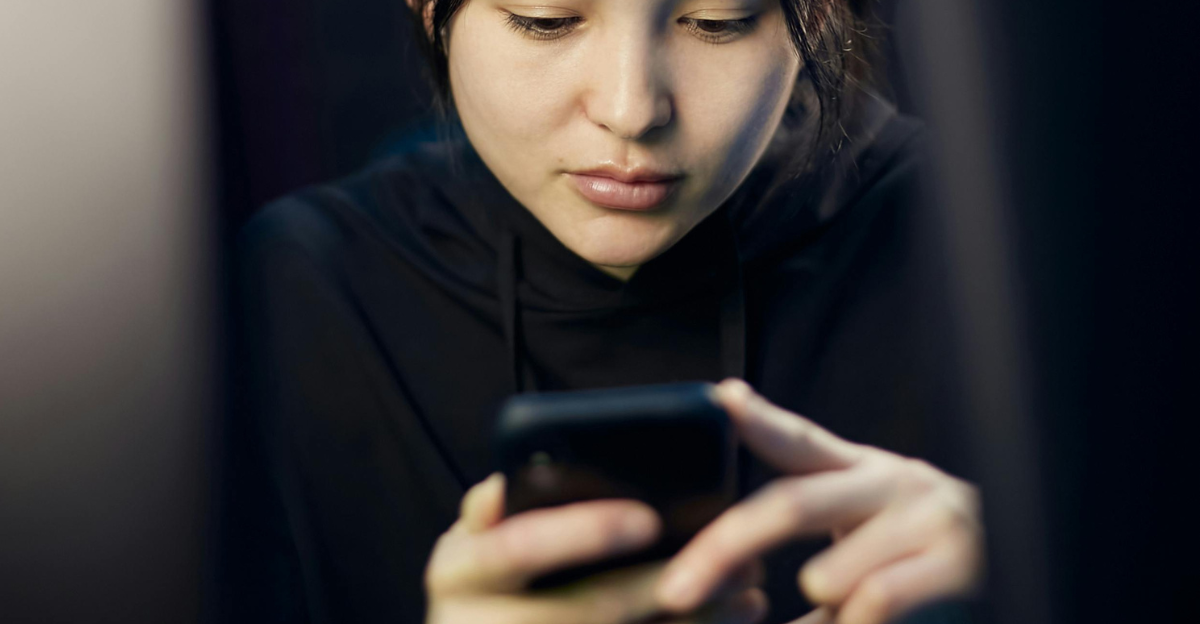
Brands exploit these FOMO mentalities and profit from consumer insecurity. They rush to release new lines, upgraded gadgets, and seasonal drops to elicit from consumers the desired dopamine effect of shopping.
Exposing Greenwashing in Modern Brands

However, as people get smarter, companies are losing their grip on those who have begun to wake up from the illusion of consumerism. In response, some brands promote slow fashion, repair services, and resale programs. They hide behind the “green label” and give their merchandise greenwashing to sell their pseudo-ethical branding.
Sustainable Cultural Shifts
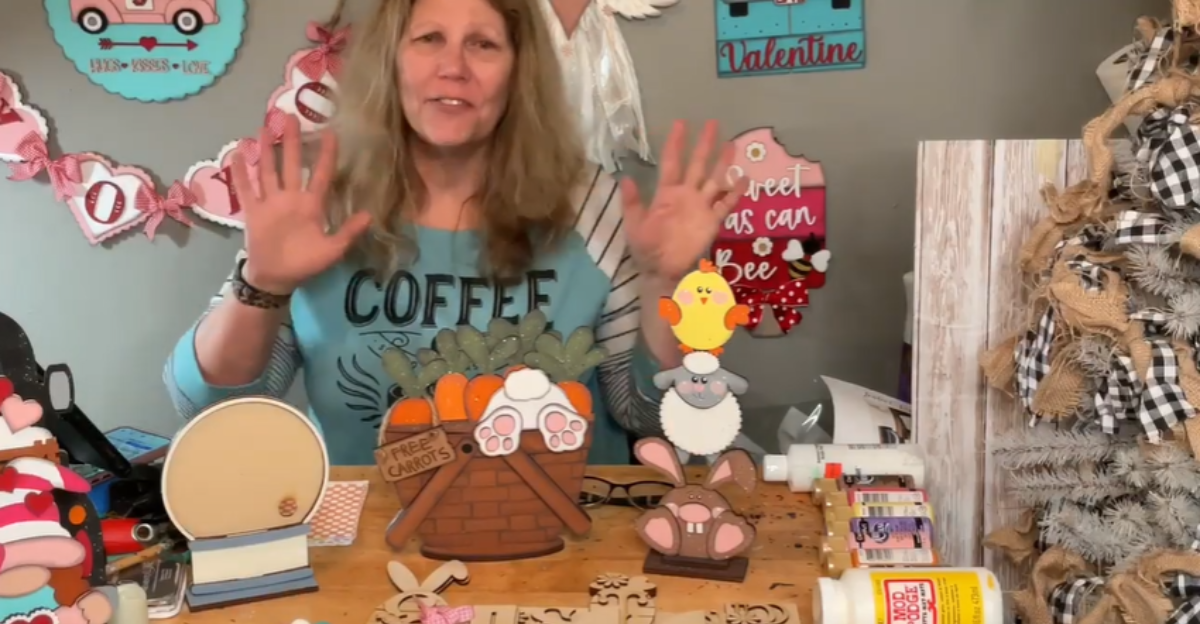
Not buying anything means a change in consumer culture. We see a rise in bartering, DIY, borrowing, and repairing to replace the void that zero purchases may create. There are plenty of communities on social media that share the same sentiment for low-spend lifestyles, which is great to refer to, especially as a beginner.
The Mental and Emotional Pros of Reduced Shopping

As beneficial as this is for our wallets, it also has a mental and emotional upside. Spending less time shopping reduces decision fatigue caused by comparing products for quality and price. You develop better self-discipline and awareness of your emotional spending triggers, evoking a heightened contentment for what you already have. All this energy can be spent on non-material joys like relationships, hobbies, and health.
How to Get Started?
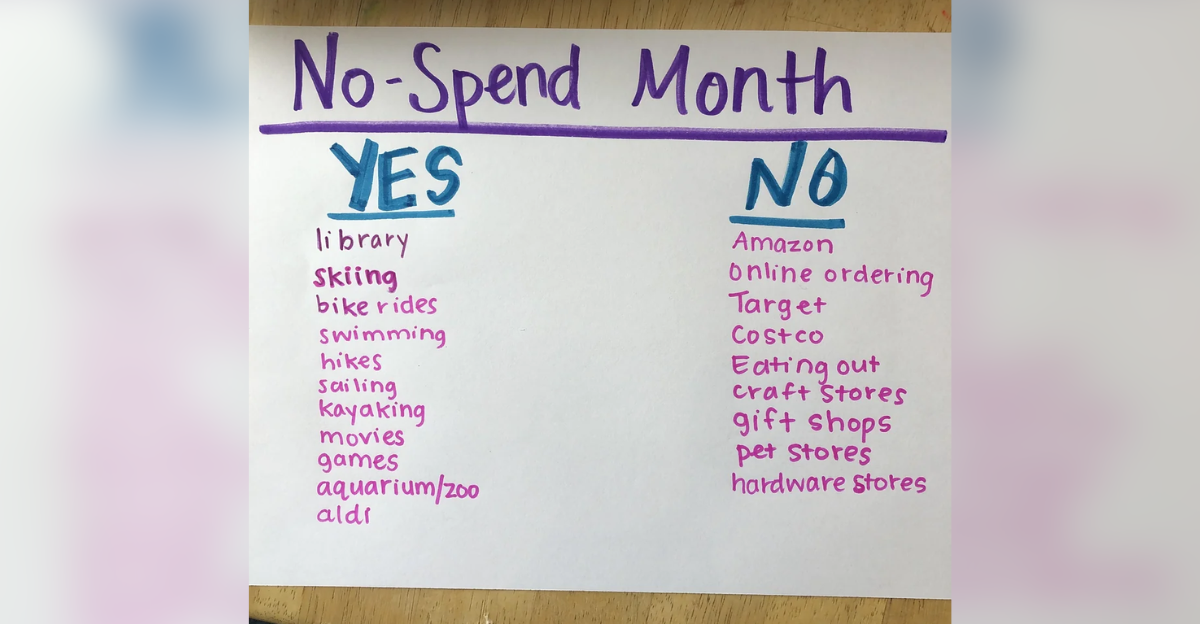
Let’s get down to business, then; how do we start? Begin to set your own rules and exceptions for this challenge. It is rather unrealistic to assume that someone else’s method works for you. You know your own capabilities and limitations that might otherwise throw you off course, so it’s good to curate your perfect fit. You can start easily by replacing shopping with low-cost alternatives to ease your way in.
Tracking Your Spending and Setting Your Goals
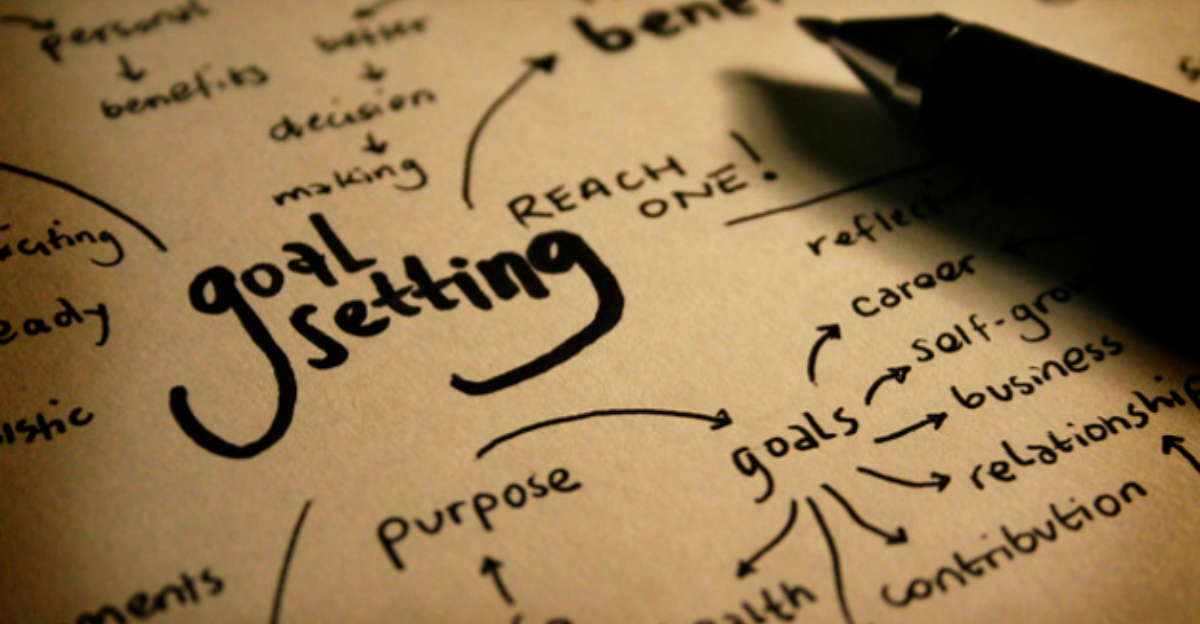
Create a budget and tracking system to see how your spending changes. It is as easy as jotting them down in a notebook or spreadsheet or using budgeting apps that do your work. Remember to monitor your spending and savings to understand how your decisions affect both easily.
Avoid Impulse Buying Triggers
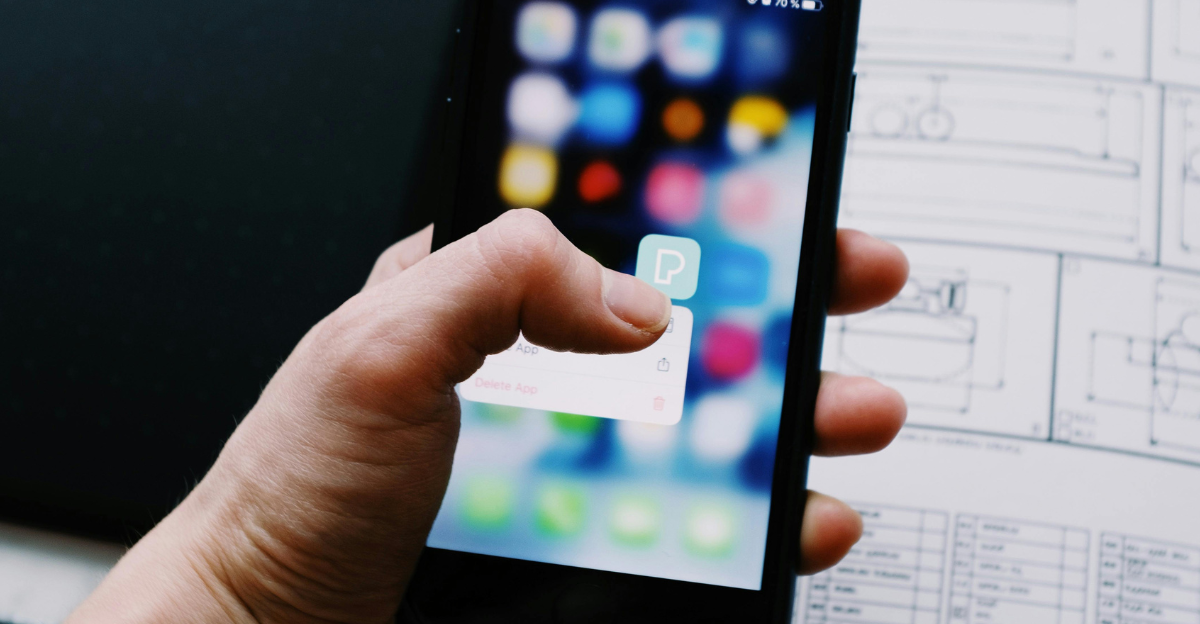
Unsubscribe from sources of impulse buy triggers like marketing emails, retail push notifications, and social media. Then, make a plan for temptation. Create a waitlist of items you want at the moment that you can revisit after a certain amount of time. Putting space between desire and action gives you time to realize just how impulsive you are.
Embracing Non-Material Gifts for ‘No Buy’ Occasions
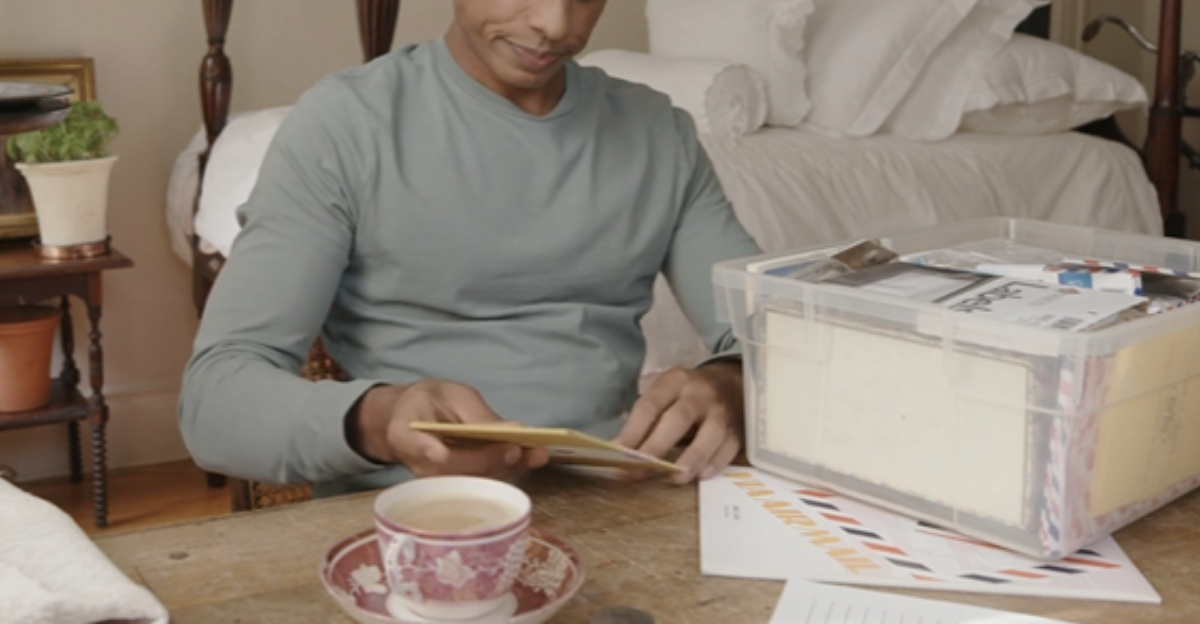
Then there’s the topic of gift-giving and holidays. Navigating birthdays, Christmas, and other occasions may be tricky when you are also trying not to buy anything. Non-material gift ideas like experiences, DIY, and acts of service are brilliant ways to go about this. This allows you to be more purposeful and analyze what to give someone beyond store-bought things.
Exploring Alternative Lifestyle Choices

Alternatives to this lifestyle include tiny house living, van life, digital nomadism, and downsizing. There are plenty of variations you may find easier to follow that you can try out. Developing financial discipline is about willingness and compromise to embrace mindful spending achieved through minimalism.
A Stepping Stone Towards Financial Growth
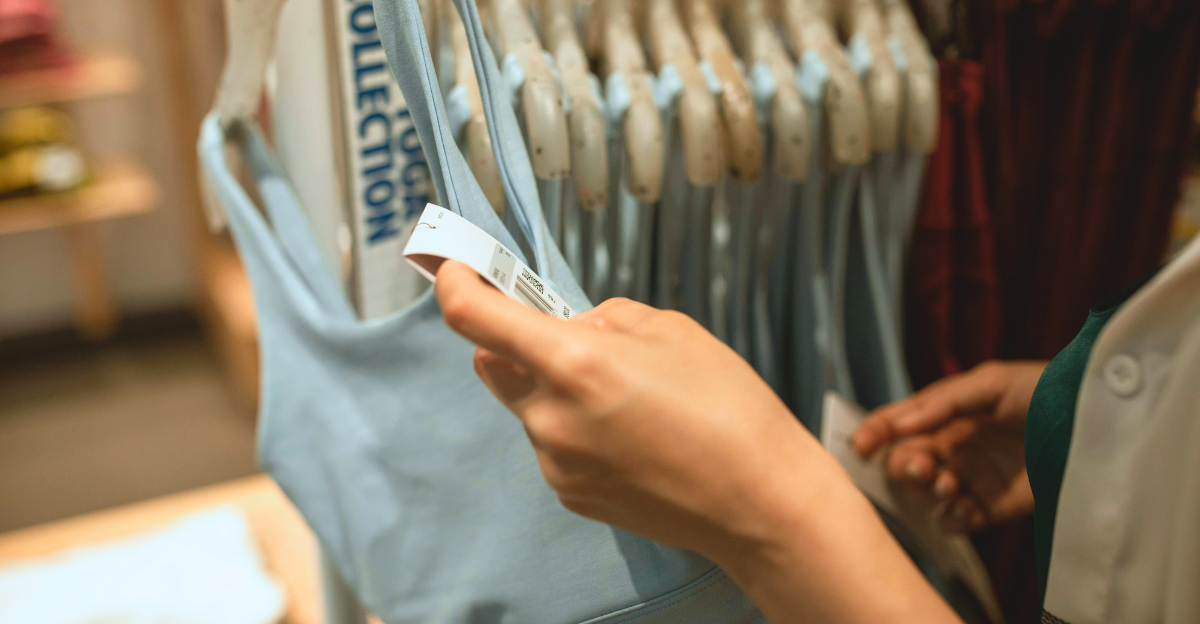
The ´No Buy´ Movement does not have to be a permanent way of life. It can be a stepping stone and a learning experience that shapes you into a better consumer. Once you have let everything run its course, you can return to shopping with intentionality. Hopefully, you will have created a “buy with purpose” habit and developed a more sustainable and healthy relationship with money and buying.